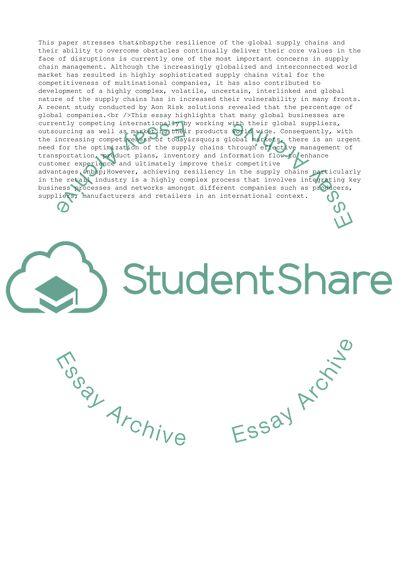Cite this document
(“Tesco Supermarket Supply Chain Essay Example | Topics and Well Written Essays - 2750 words”, n.d.)
Retrieved from https://studentshare.org/business/1688430-global-supply-chain-management
Retrieved from https://studentshare.org/business/1688430-global-supply-chain-management
(Tesco Supermarket Supply Chain Essay Example | Topics and Well Written Essays - 2750 Words)
https://studentshare.org/business/1688430-global-supply-chain-management.
https://studentshare.org/business/1688430-global-supply-chain-management.
“Tesco Supermarket Supply Chain Essay Example | Topics and Well Written Essays - 2750 Words”, n.d. https://studentshare.org/business/1688430-global-supply-chain-management.


